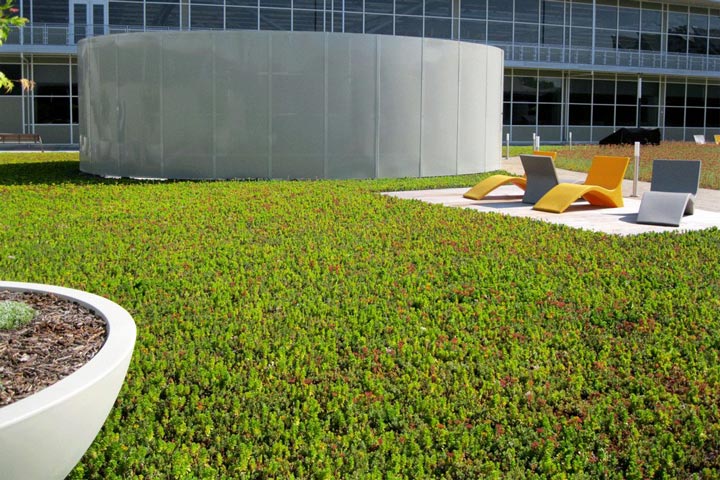
Ground Covers: Carpet Sunny Locations with Sedum
For those with hot, dry yards that are inhospitable to grass, sedum plants offer a way to cover ground. Sedum is sometimes called stonecrop—an unmistakable reference to these plants’ remarkably drought-tolerant nature. Sedum are among the desert camels of the plant world, with leaves that store water. Many of them are low growing, and they offer a surprising range of colors and blossoms.
Sedum is easy to grow in most areas, but a new product called “Drop and Grow” may make it even easier. Costa Farms of Miami, FL, is now marketing pre-vegetated tiles of live sedum.
The tiles are actually mats of coconut fiber. Lowe’s stores sell Drop and Grow in the southeastern U.S. Costa is working with other retailers to broaden distribution.
“One of my first introductions to sedum was the old variety Autumn Joy,” says Costa Farms’ spokesperson Justin Hancock. “While Autumn Joy has its merits, I started to discover other varieties that suited my gardening style better.”
Drop and Grow combines a variety of low-growing sedums in a 10″ x 20″ tray. The sedum is living in a shallow coir base (coconut shell). The gardener lays the coir tiles on bare, loose soil, adds a thin layer of mulch, and waters well.
According to Hancock, “The plants take off and create a carpet of color in three to four weeks.”
The newly placed sedum roots downward through the coconut fiber and into the soil below. “After the plants are established, there’s no need to water more than once weekly,” says Hancock. “You may get by watering less than once a week,” he says. “Sedum does not tolerate standing water and it is very drought tolerant.”
Drop and Grow’s coconut fiber biodegrades after the sedum is rooted. “Because the mats are made of organic matter, they actually improve the soil as they decompose,” Hancock says.
Note that tiles should be dropped onto bare ground where all prior vegetation has been removed. As for weeds, the sedum bed should be as dense as possible to help prevent weeds. If bare areas develop, place new sedum in the spot.
Drop and Grow tiles are live and green at purchase. “We fertilize the tiles as we grow them, so they are ready to grow and expand.” says Hancock. “The fertilizer should continue to nourish the plants for at least several weeks after planting. Once established, they don’t seem to need fertilizer.”
You can cut tiles into any shape you want. The tiles can also be used in DIY craft projects.
According to Hancock, the tiles are created with different geographic regions in mind. Some are cold tolerant to zone 4, which covers most of the northern U.S. Some sedum varieties are semi-evergreen. Others may go dormant for the winter, but they’ll leaf out and resume growth the following spring. Hancock says they need no special winter care.

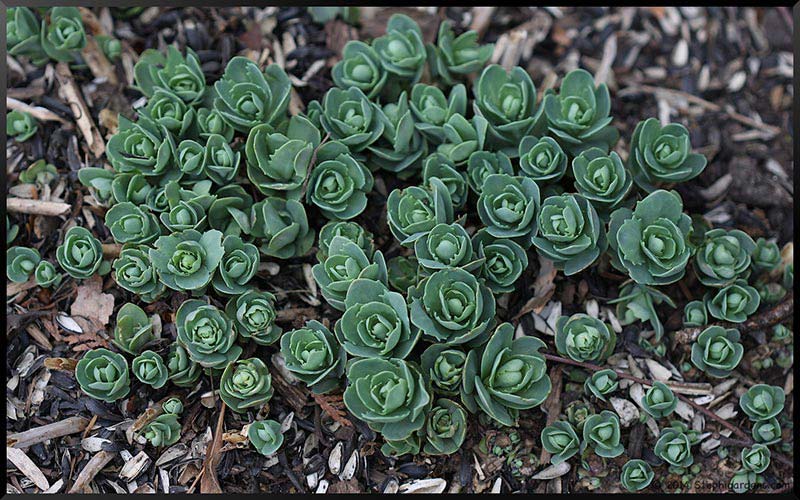
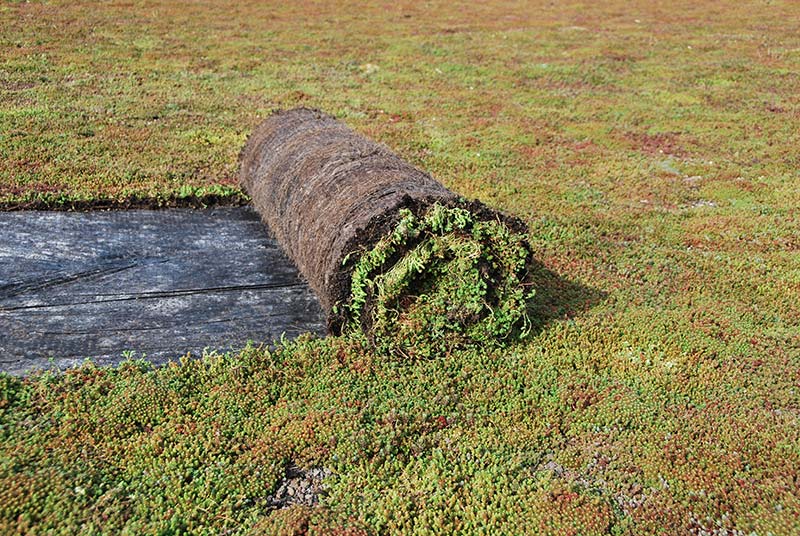
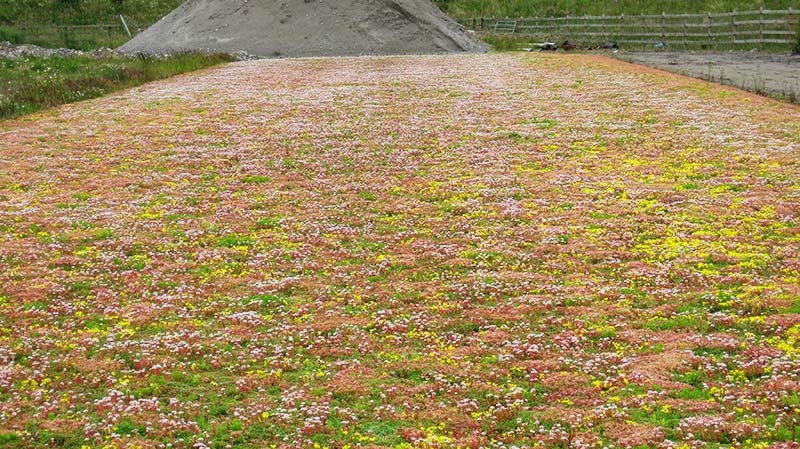
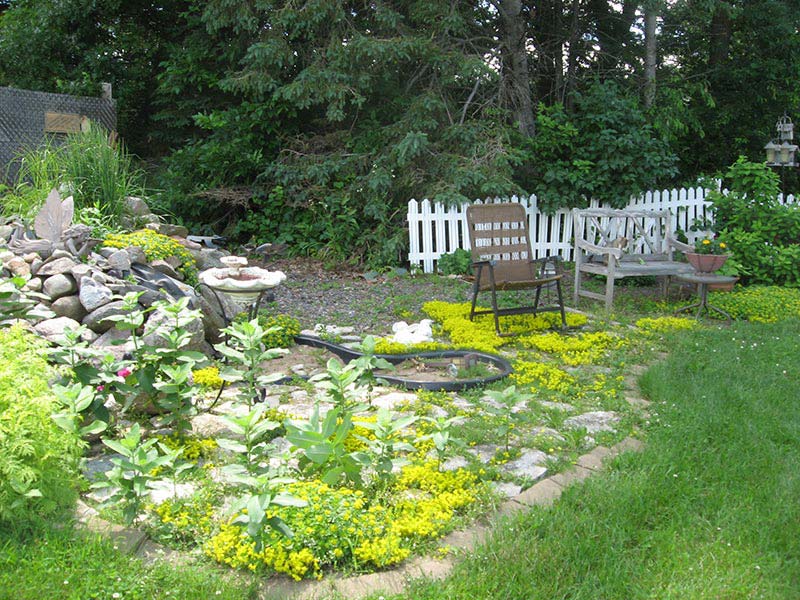
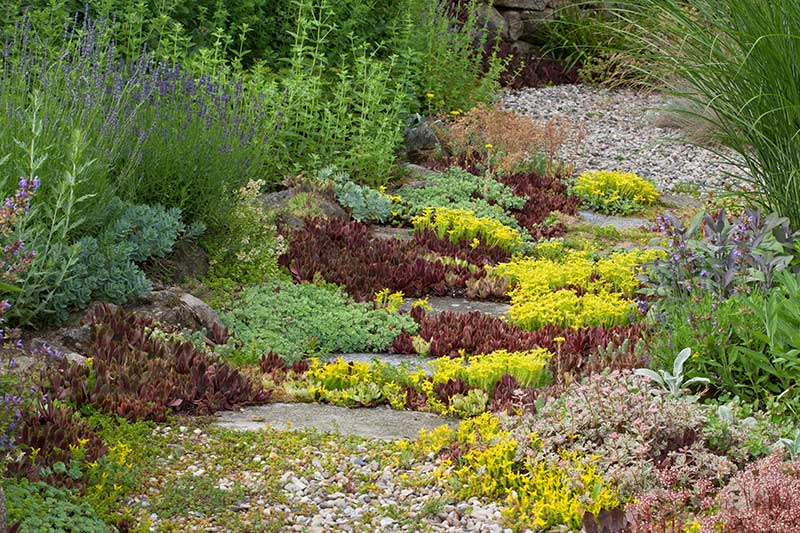
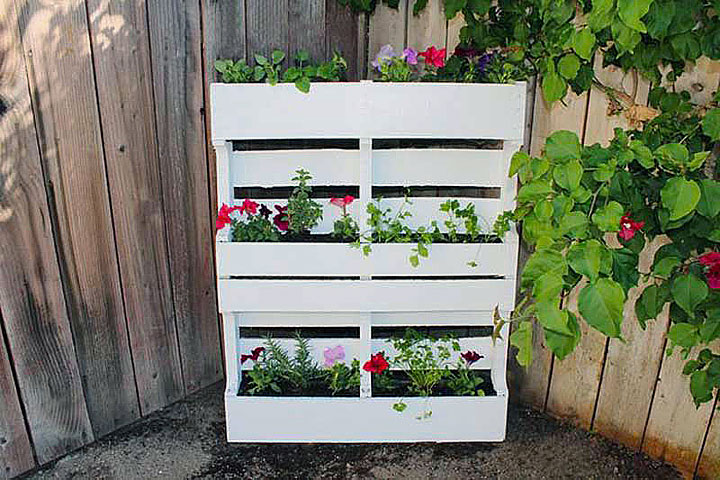
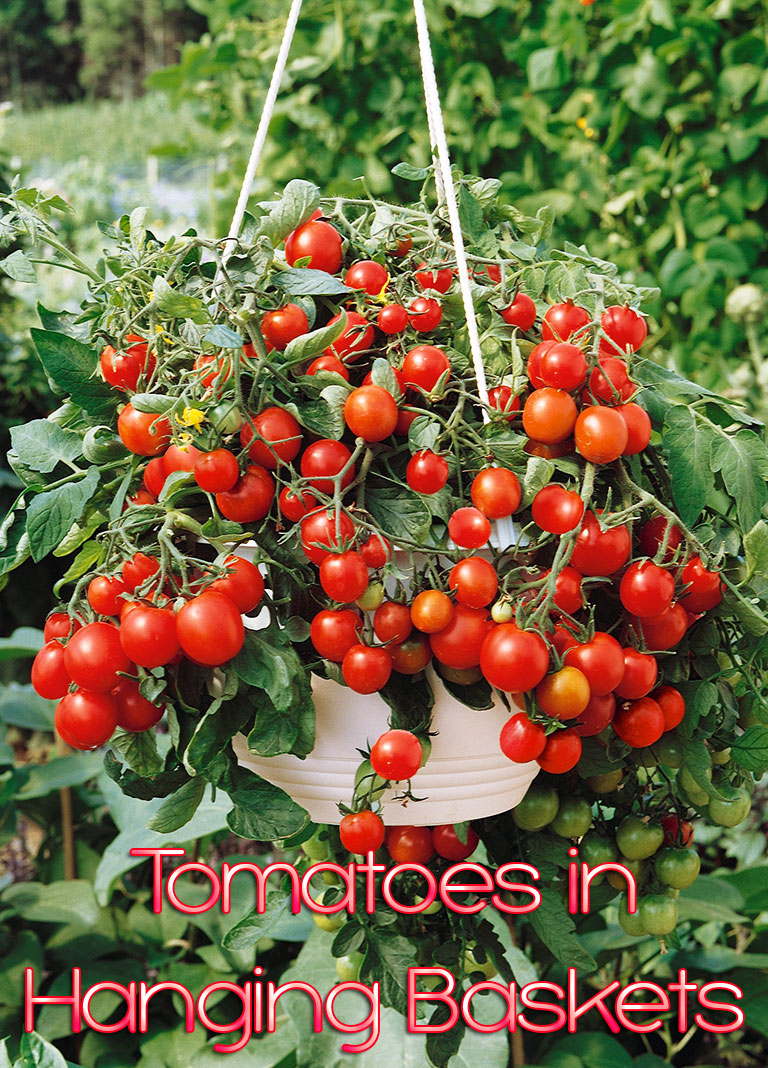

Leave a Reply